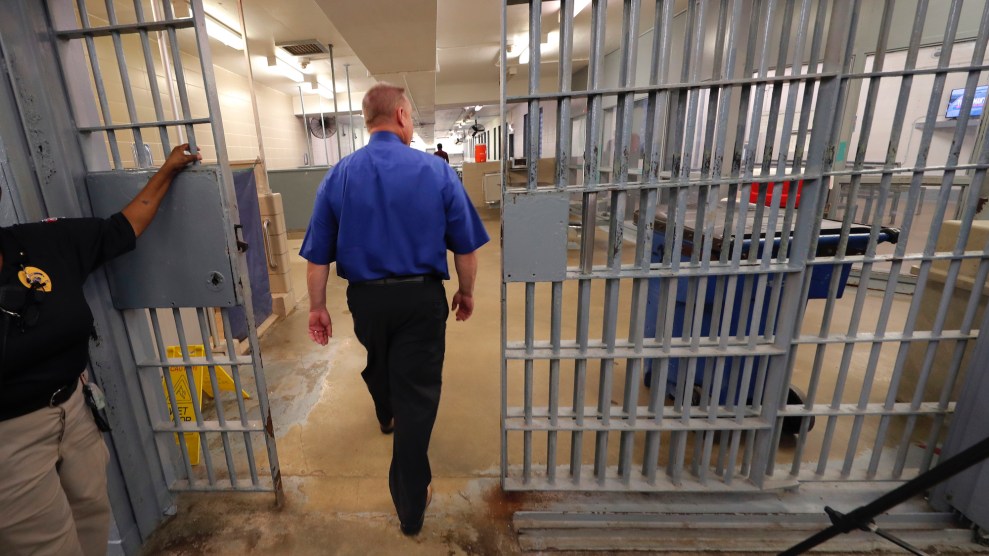
Interesting article by David Rasbach of the Bellingham Herald provokes some interesting discussion of the laws surrounding Social Distancing and/or proper distancing to help prevent the spread of COVID-19 (Coronavirus) when they encounter large groups.
Recently, Gov. Jay Inslee issued a sweeping statewide stay-at-home order to help stem the spread of the deadly coronavirus that has killed at least 110 in Washington.
“This is a human tragedy on a scale we can not project,” Inslee said. “To be socially irresponsible during these times is to risk the lives of our loved ones.”
The emergency proclamation requires people to stay at home for at least two weeks unless it is absolutely necessary to leave for such essentials as groceries or medicine or for an essential job, said a spokesperson for the governor. It also requires a number of businesses to close that have remained open so far.
This measure was foreseeable. Emergency proclamations are done in the interest of public safety. According to comments made to Mr. Rasbach by Officer Murphy of the Bellingham Police Department, however, RCW 43.06.250 actually helps police enforce criminal charges against people who do not follow the emergency proclamation. It states:
“Any person upon any public way or any public property, within the area described in the state of emergency, who is directed by a public official to leave the public way or public property and refuses to do so shall be guilty of a misdemeanor.” ~RCW 43.06.250
Interesting.
By all means, please keep yourself and other people safe from Coronavirus during these trying times. Doing so means following governmental directives when instructed to do so.
That said, it seems egregious that failing to disburse or otherwise leave a public or private property under certain circumstances can lead to criminal charges. What are the homeless people supposed to do? What if there’s no intention to break the law? And/or what if there’s an emergency situation necessitating the need to be at a certain place at a specific time?
Please contact my office if you, a friend or family member face criminal charges for violating a governmental “State of Emergency” proclamation. Hiring an experienced defense attorney like myself is the first and best step toward getting justice.













